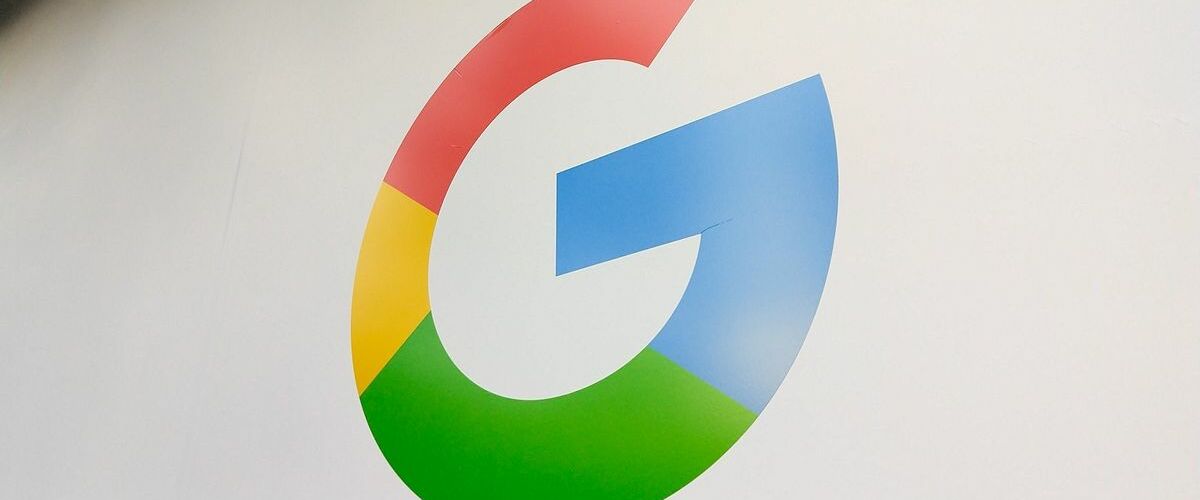What you need to know
- Google’s CEO, Sundar Pichai, wrote a letter to its staff, detailing the company’s internal reorganization of several teams.
- The restructuring births the “Platform and Devices” team, which sees Google’s Android and hardware teams under one roof.
- Joining the team will be its research and computational teams to help further Google’s on-device AI software on its products.
Google’s CEO Sundar Pichai announced the beginning of restructuring at the company on Thursday.
Per a note submitted by Pichai, the restructuring process will arrive in four parts, but the company’s newly announced “Platforms and Devices” team spells a major shift for Google. The note reads, “To truly drive computing forward, we need to do it at the intersection of hardware, software, and AI.”
This means that Google is merging its Pixel hardware and Android software teams.
Google’s Rick Osterloh will be at the helm of this new team, overseeing the delivery of “higher quality products and experiences” for the user and company partners. Pichai likens such a goal to what the company did with Circle to Search and its initial arrival on Samsung’s Galaxy S24 series. Google is also interested in giving a notable boost to Android and Chrome through this team merger.
Joining the Platform and Devices team will be Google’s other research teams that focus on computational photography and on-device intelligence. Pichai states this move will bring a “deep AI experience” across Google’s devices and its platforms. Additionally, merging teams under one roof should help “speed up decision-making.”
Pichai announced that Sameer Samat, vice president of product management and Android, will rise to lead Android’s entire ecosystem. Hiroshi Lockheimer, longtime Android lead, will act as an adviser during the transition before kickstarting a new executive sponsor role for Google in Japan.

Google’s internal restructuring continues as the company looks to put its AI model Gemini on the fast track with a new team merger. Pichai states the company will consolidate teams responsible for building the models necessary for Research and Google DeepMind. This is said to help simplify the development process behind compute-intensive models while also scaling Google’s capability to deliver AI to everyone.
Google’s AI research merge will gain a third member via the Responsible AI team. These folks are tasked with ensuring the company’s AI products are “trustworthy and transparent.” With them now housed together with the teams creating such products, Google hopes this will encourage “clearer responsibility and accountability.”
It’ll be worth keeping an eye on how Google pairs its Pixel products with its AI software, as both teams are now one. The Pixel 8 series already features a deep pairing with the company’s Gemini model for on-device tasks and more.
The Pixel 9 series will likely continue this trend, and this new “Platform and Devices” team will likely influence it. For now, we have Google’s annual I/O event, which should take place in May, where we might hear more.






